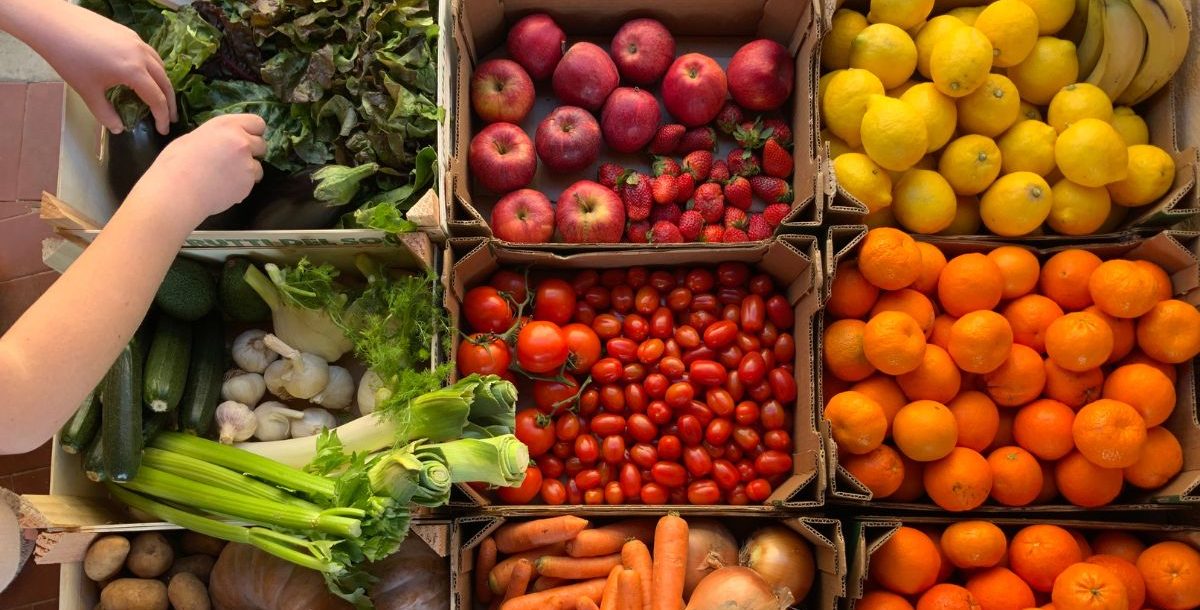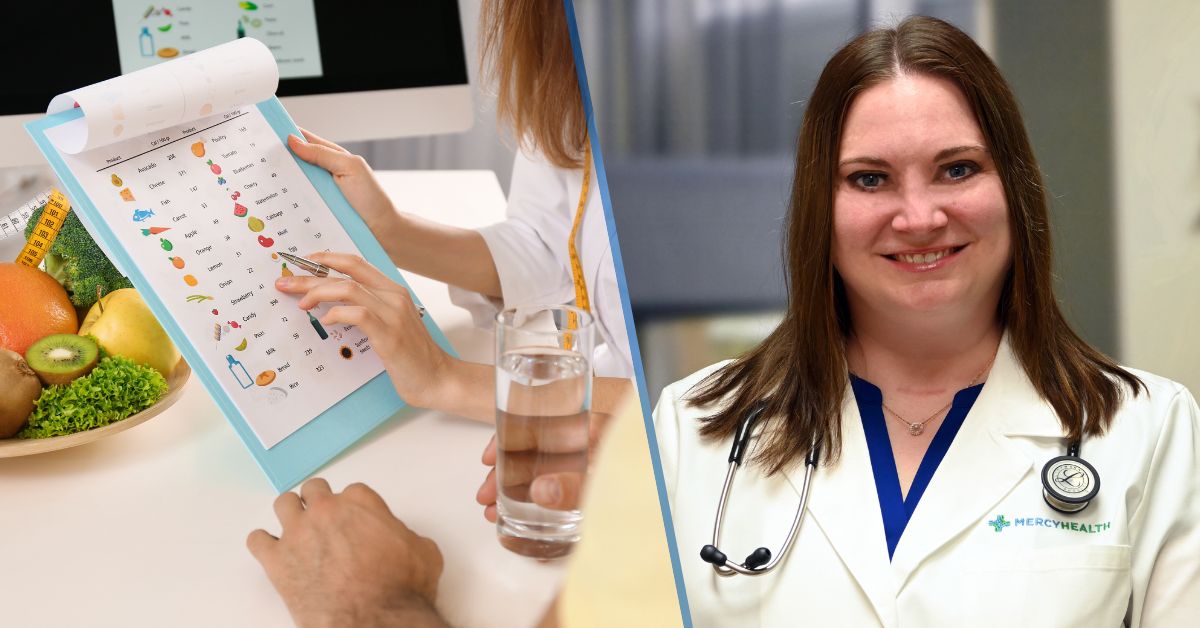If your stomach has ever made loud, mysterious noises or if you’ve ever felt bloated, backed up or just “off” in your gut, there’s a good chance your body is trying to tell you something. One thing it might be asking for is more fiber. But what are some good sources of fiber to help you get back on track?
Dietary fiber is a powerful part of a healthy diet. It helps digestion run smoothly, keeps you feeling full and supports your overall health in unexpected ways.
The good news is that adding more fiber to your life doesn’t mean boring salads and bran muffins. In fact, plenty of tasty, everyday foods are high in fiber and easy to enjoy.
Good sources of fiber help your body and can easily be included in your meals. However, if you’re noticing that you’re eating enough fiber and still have digestive issues, make an appointment with a gastroenterologist to consider other causes.
What is fiber?
Fiber is a type of carbohydrate found in plant foods. Unlike other carbs, your body doesn’t digest fiber. Instead, it passes through your digestive system, doing meaningful work along the way.
Two main types include:
- Soluble fiber: This type dissolves in water and becomes gel-like. It helps lower blood sugar and cholesterol levels.
- Insoluble fiber: This one doesn’t dissolve. It adds bulk to your stool and keeps things moving through your system, which helps prevent constipation.
A healthy diet includes both types, and many fiber-rich foods have a mix of the two.
Why fiber matters for digestion
Fiber plays a significant role in how your digestive system works. Here’s how:
- Keeps things moving: If you’re having trouble with constipation, fiber is your best friend. Insoluble fiber adds weight and size to your stool, which helps it pass more easily.
- Feeds the good bacteria: Your gut is home to trillions of bacteria. Some types of fiber are food for these “good” bugs, helping them grow and keep your system balanced.
- Helps you feel full: Fiber-rich meals stick with you longer, making you less likely to overeat. This can help with weight control and energy levels.
- Supports heart health: Soluble fiber can help lower “bad” cholesterol (LDL) and manage blood pressure, both of which reduce the risk of heart disease.
- Keeps blood sugar steady: For people with diabetes or prediabetes, fiber helps slow the absorption of sugar into the bloodstream. This helps even out blood sugar levels.
How much fiber do you need?
Dietary guidelines for Americans say that most adults should aim for 25 to 30 grams of fiber each day. However, many people get far less than that. Slowly increasing your fiber intake over time is essential – adding too much and too quickly can lead to gas and bloating.
Also, drink plenty of water. Fiber absorbs water into your digestive system, so staying hydrated helps it do its job properly.
Good sources of fiber to add to your diet
A lot of high-fiber foods are delicious, and you can eat them every day to hit your fiber goals.
Fruits
Fruits are naturally sweet and packed with fiber, along with important vitamins and minerals.
- Apples (with skin): 4 grams of fiber
- Raspberries: 8 grams per cup
- Pears (with skin): 5 to 6 grams
- Bananas: about 3 grams
Eat the peel when you can. That’s where much of the fiber is.
Vegetables
Colorful veggies are an excellent source of fiber and help your body in many other ways.
- Broccoli: 5 grams per cup
- Carrots: 3.5 grams per cup
- Sweet potatoes (with skin): 4 grams
- Brussels sprouts: 4 grams per cup
Try roasting them with a little olive oil and your favorite spices to add more flavor.
Whole grains
Not all carbs are created equal. Choose whole grains over white or refined grains for more fiber and nutrients.
- Oats: 4 grams per cup (cooked)
- Brown rice: 3.5 grams per cup (cooked)
- Quinoa: 5 grams per cup
- Whole grain bread: around 2 grams per slice
Look for “100 percent whole grain” or “whole wheat” as the first ingredient on the nutrition facts label.
Peas and lentils
Peas and lentils are fiber superstars – they’re affordable and easy to cook.
- Lentils: 15 grams per cup (cooked)
- Split peas: 16 grams per cup
- Black beans: 15 grams per cup
- Chickpeas: 12 grams per cup
Use them in soups, stews, salads or mash them into spreads.
Nuts and seeds
Nuts and seeds may be small, but they are good sources of fiber.
- Chia seeds: 10 grams per ounce
- Almonds: 3.5 grams per ounce
- Sunflower seeds: 3 grams per ounce
- Flaxseeds: 3 grams per tablespoon
Add them to yogurt, oatmeal or smoothies for a crunchy fiber boost.
Tips to increase your fiber intake
Getting more fiber into your day doesn’t need to be a huge change. Try these small swaps:
- Have oatmeal with fruit for breakfast instead of cereal with added sugar.
- Snack on popcorn (a whole grain) instead of chips.
- Use whole-grain bread for sandwiches.
- Add beans to soups, salads or even tacos.
- Keep frozen veggies on hand for quick sides or stir-fries.
Don’t forget to drink plenty of water as you add fiber to avoid dehydration and maximize its benefits.
How we can help
If you’re unsure where to start or dealing with stomach issues like constipation, bloating or irregular digestion, make an appointment with a gastroenterologist. They can review your symptoms and medical history to help determine the cause of your digestive problems.
If you need to make dietary changes that includes adding more good sources of fiber to your diet, your gastroenterologist may refer you to a registered dietitian. They can help you create a plan that works for your body and lifestyle, whether that means building a high-fiber diet or simply learning what foods make you feel your best.
Learn about the digestive health and gastroenterology services we offer at Mercy Health.






